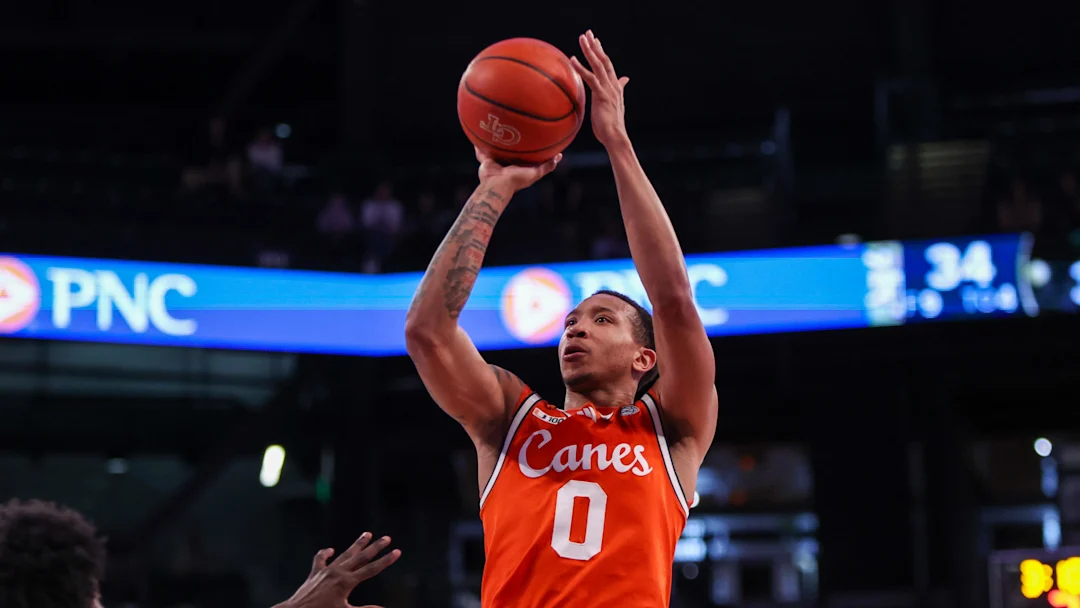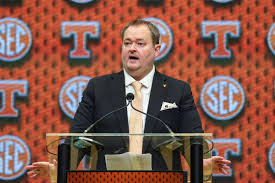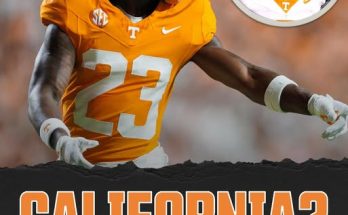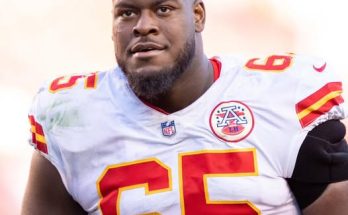The Miami Hurricanes basketball program has become one of the most intriguing destinations in the college basketball landscape, especially in the era of the transfer portal. Since the NCAA relaxed its transfer rules, allowing athletes to switch schools without sitting out a year, head coach Jim Larrañaga and his staff have taken full advantage. They’ve used the portal to plug gaps, build depth, and even bring in star-level talent that can shift the balance of power in the ACC. As we look toward the upcoming season, Miami’s activity in the transfer portal is worth tracking closely. The Hurricanes are not just rebuilding—they are reloading.
With multiple departures either to the NBA Draft, graduation, or the portal itself, the Hurricanes are in a familiar position: retooling their roster through strategic recruiting. Miami has developed a reputation as a program that embraces experienced players, gives them freedom to shine, and prepares them for the next level. It’s no surprise then that high-level transfers view Coral Gables as an attractive destination.
One of the main factors in Miami’s appeal to transfers is the team’s recent success. The Hurricanes reached the Elite Eight in 2022 and followed it up with a Final Four appearance in 2023. Larrañaga’s up-tempo offense and veteran-heavy rosters have made the Hurricanes a tough out in March, and they’ve proven capable of beating bluebloods on the biggest stage. For players looking to boost their stock, get exposure, and compete at a high level, Miami offers the perfect mix of competitive basketball and media attention.
As of this writing, Miami has several key roster spots open due to the departures of cornerstone players. The loss of guards Nijel Pack and Wooga Poplar leaves a significant void in scoring, perimeter defense, and leadership. Additionally, big man Norchad Omier declared for the NBA Draft, further thinning the frontcourt. With that context, the Hurricanes’ staff has been aggressive in pursuing high-profile transfers who can contribute immediately.
One of the most prominent targets Miami has pursued is a former Big Ten standout who entered the portal after a coaching change at his previous school. The player, a versatile 6’7″ wing with three-point range and the ability to guard multiple positions, would fit seamlessly into Miami’s switch-heavy defensive scheme. The Hurricanes are considered one of the finalists for his services, and the coaching staff has already hosted him on an official visit. According to sources close to the program, the visit went exceptionally well, and Miami feels optimistic about landing him.
Another player Miami is targeting is a high-scoring point guard from a mid-major program who averaged over 20 points per game last season. His playmaking, quickness, and ability to get downhill make him a natural fit in Larrañaga’s offense, which thrives on dribble penetration and kick-outs to shooters. Miami has built a reputation as a guard-friendly system, and the potential addition of a dynamic ball-handler would go a long way toward stabilizing the backcourt.
While much of the attention is on incoming talent, it’s also worth noting who’s departing the program. In addition to Pack, Poplar, and Omier, bench contributors have also entered the portal in search of greater playing time. Miami’s coaching staff has handled these transitions with transparency and grace, emphasizing that the portal era is a two-way street. Players leaving the program often do so with the staff’s blessing, and many remain in close contact with the coaching team. That positive reputation around transfers has helped Miami in landing its own targets.
The NIL landscape also plays a role in Miami’s transfer portal success. The Hurricanes are one of the more well-positioned programs in terms of Name, Image, and Likeness opportunities, thanks in part to the support of influential alumni and donors. Players know that coming to Miami not only offers them a competitive basketball environment but also a chance to capitalize on their brand in a vibrant city like Miami. This NIL-friendly climate has given the Hurricanes an edge in competing with programs that may have deeper basketball traditions but lack the same commercial appeal.
Behind the scenes, the recruiting efforts are spearheaded by a dedicated staff that includes assistant coaches with deep ties to high school and AAU programs, as well as analysts who crunch data on potential fits. The staff uses a combination of analytics and live evaluations to determine who fits Miami’s style. Players with high basketball IQ, defensive versatility, and the ability to space the floor are prioritized. Character also plays a big role. Larrañaga has often spoken about the importance of culture and how newcomers must align with the program’s values.
In addition to recruiting transfers, Miami is also actively engaging its returning players to ensure they feel valued and supported. In the portal era, retention is just as critical as acquisition. The coaching staff has met individually with returning players, outlining specific development plans and reaffirming their roles. By doing so, Miami hopes to create a balanced roster that blends incoming talent with returning leadership.
One returning player who is expected to make a leap is sophomore forward Kyshawn George. He showed flashes of brilliance last season, particularly with his perimeter shooting and rebounding ability. The staff believes that with a full offseason of development, George could become one of the most improved players in the ACC. His versatility allows him to slide between the three and four positions, making him a key chess piece in Larrañaga’s scheme.
As for the fans, the energy around the program remains high. Season ticket sales are strong, and the buzz around potential transfer additions has only amplified expectations. Miami’s rise in national prominence has created a more passionate fan base, and social media engagement around recruiting updates has surged. Every cryptic tweet from a recruit or assistant coach is dissected by fans hungry for clues about the next big addition.
Recruiting battles, of course, are fluid. Miami is competing not just with ACC rivals but also with programs from the SEC, Big 12, and Big East. The Hurricanes have already lost out on a couple of key targets who chose other schools, but that’s part of the modern recruiting landscape. The staff remains undeterred, confident in their ability to close on top prospects and make strategic additions. The portal window remains open for several more weeks, and the coaching staff is expected to host additional visits in the coming days.
In terms of playing style, incoming transfers are briefed on Miami’s up-tempo offensive philosophy. The Hurricanes led the ACC in scoring efficiency during their Final Four run and placed heavy emphasis on spacing, cutting, and shot selection. Larrañaga has often said that he wants his players to play with joy, and that starts with a free-flowing offense that allows for creativity. For transfers used to rigid systems or slower tempos, Miami offers a refreshing change of pace.
Defensively, Miami aims to be more physical this year. The staff has targeted forwards and centers who can rebound, protect the rim, and switch out on guards. While the Hurricanes’ offense gets most of the headlines, their defense remains a work in progress. Last season, they struggled at times to get stops against physical teams, particularly in conference play. Shoring up the interior and adding length on the perimeter has been a priority in the portal.
As the roster comes together, chemistry will be a focal point. Larrañaga has always emphasized team bonding, and the coaching staff is already planning summer workouts, team retreats, and leadership seminars. With so many new faces, building trust and camaraderie quickly will be essential. The goal is to hit the ground running in non-conference play and build momentum heading into the ACC schedule.
Ultimately, Miami’s portal recruiting strategy reflects a modern, adaptive approach to college basketball. The days of four-year players dominating the roster are largely over. Success now depends on flexibility, vision, and the ability to sell a program’s culture in a crowded marketplace. Under Jim Larrañaga, the Hurricanes have embraced that reality and positioned themselves as a destination for top-tier transfers looking to win, develop, and shine.
As the summer approaches and commitments begin to solidify, all eyes will be on Coral Gables to see who the Hurricanes land. With spots still to fill and high-impact players still on the board, Miami remains in the thick of the transfer portal sweepstakes. One thing is clear: the Hurricanes aren’t rebuilding. They’re hunting—and the rest of the college basketball world has taken notice.



